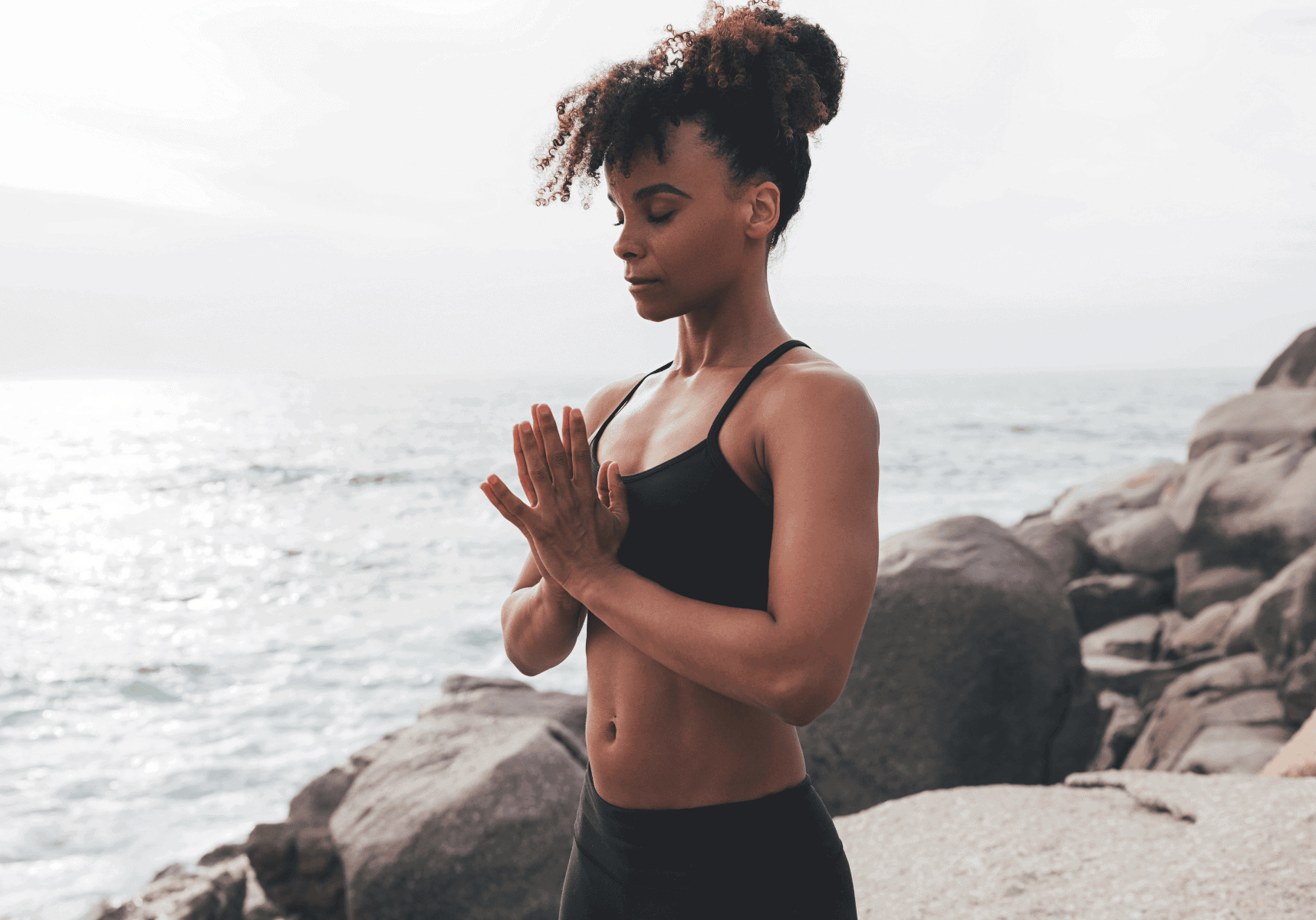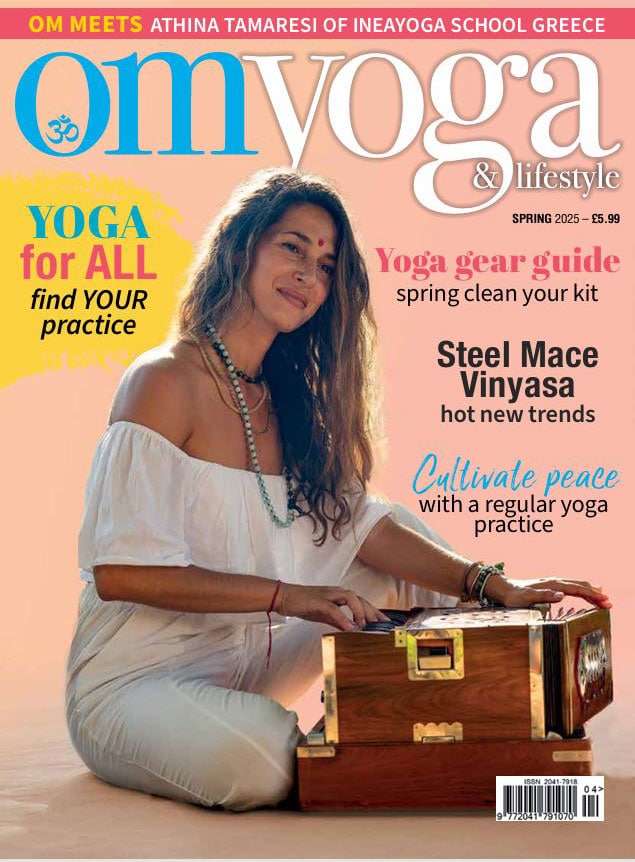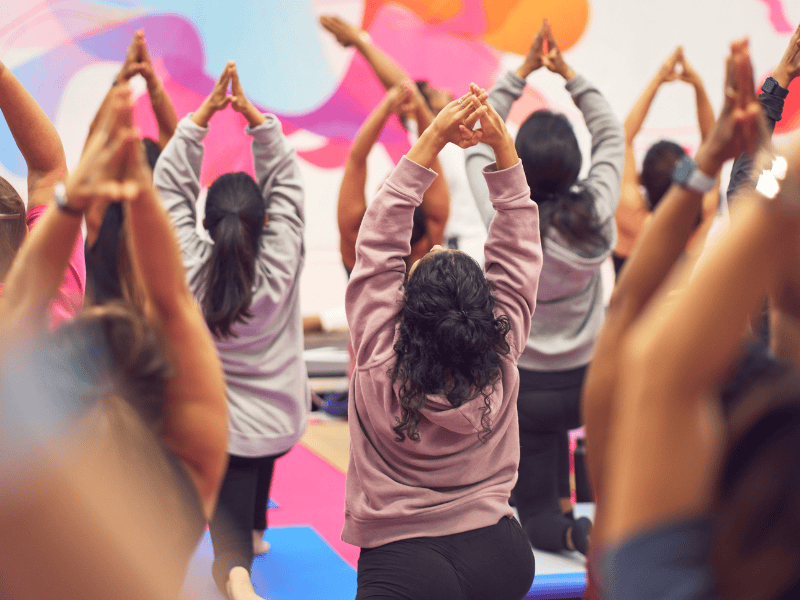
A somatic approach to yoga asana
A fresh perspective for nourishment, wellbeing and recovery. By Lauren Bloxham
Reading time: 5-6 minutes
How present are you within your body, and how do you measure, understand and relate to the connection that you have? Do you try not to pay attention for fear of what might be going on, or are you hyper vigilant to changes within the body, perhaps somewhere on the continuum in between?
When we’re in good health and have good mobility it’s easy to take the body for granted. It’s also the case that we may we even take advantage of the body by overlooking its needs for rest, sleep, movement, hydration or food. Depending on our mindset and the power of our psychological drivers, experiences, or innate will, we accept these habits as normal and expect ourselves to function well regardless.
Often, it’s when we’re ill or injured that we understand just how precious our mobility and physical health is; it’s during those times that we may be more present for the ways in which we recover, sensations of pain resolving or increasing mobility. We may even find a sense of awe for the healing body and feel appreciation for the everyday ways in which we move through life. Through this appreciation and awe, we might resolve to eat, drink and move more consciously and take better care of ourselves in general or reassess the ways in which we take risks or expect results.
A return to good health and mobility after a short illness or injury can feel like coming back to ourselves again, but it can also be a return to the patterns and habits that contributed to injury or ill-health in the first place.
So how do we engage more deeply with our bodies? How do we cultivate more presence for the habits and patterns of daily life which lead us towards discomfort, illness or injury and how do we re-pattern our approach?
Simply taking a moment to understand that we have a relationship with our bodies highlights that our thinking mind and awareness are interdependent aspects of the self. There’s a lot of buzz around ‘somatics’ at the moment, especially within the yoga world, but is it just a way of repackaging something that already exists? Or does it serve its purpose by bringing a fresh perspective to something already known?
The capacity we have as humans to be aware of our surroundings through sight, sound, smell, taste and touch enables us to respond, modify, amplify and adjust for our comfort and wellbeing within the environment. During meditation, we turn this capacity inwards to meet the inner, more subtle landscape of our being, our thoughts and feelings and the stories which run through our minds relating to memories and fantasies. But meeting the subtle space of the mind isn’t possible or suitable for everyone in a group class situation.
Somatic approaches to yoga offer the body itself as the object of the mind/ body connection. Instead of meeting the mind, emotions, thoughts or breath as the anchor for awareness, the meeting point is between awareness and the sensations associated with laying, sitting, moving and sound making. In many cases, meeting the sensations of the body, such as the ways in which the feet feel whilst connected to the earth, can lead a deeply curious exploration of the interactions of fascia and its effects on sensation, offering a powerful point from which to soften tensions, observe discomfort and find ways to cultivate comfort. In turn, the ways in which we can explore the body and find comfort can inform the mind, leading us to new ways of being with ourselves without necessarily understanding why or how we came to hold the tensions we did.
In the poem ‘Wild Geese’ Mary Oliver says:
“You do not have to be good. You do not have to walk on your knees For a hundred miles through the desert Repenting. You only have to let the soft animal of your body love what it loves.”
In meeting the body and its sensations of discomfort, pain, ease, relief, warmth, vibrancy, tingling, buzzing, comfort, itching, numbness, heaviness or just about any other way you meet and experience what the body is feeling, we have a powerful opportunity to carve a new path. Inviting the body to love what it loves, listening when its response is softening, opening, safety and relief… listening to the ‘ahhs’ and ‘ooos’ of delight that arise from simple adjustments and modifications.
Embodying somatic awareness
Think of a time that you were feeling the cold, could you respond? What did you do? Did you put on a layer? Turn up the heating? Light a fire? Put on your cosy socks? Have a warm bath? Drink a warm drink?
How did these adjustments feel against the skin? Were socks soft, cosy, warm? Could you describe other clothing in similar ways? A warm drink may feel warm in the hands and expansive in the body. You might find the heart rate increase in a warm bath, or the variations in sensations of the skin between those part of the body immersed in water and those meeting the air.
There are many ways in which we already embody somatic awareness, and many ways in which we may develop this awareness for a deeper sense of wellbeing.
A somatic approach to asana
For many of us, yoga asana will be our preferred way of moving the body. But how we meet the body during asana class can vary from curious and compassionate to habitual and unaware (especially if we are simply ‘following instructions’). A class that markets itself as ‘somatic’ will, by nature, offer opportunities for curiosity within asana. It’s likely these classes will be a much slower pace than others, and that guidance will offer time and space for experimentation, curiosity and will encourage empowering ourselves to respond to the innate cues of the body for modification and variation, and for entry and exit from the pose.
In the same way that we respond to the body’s need for warmth when we’re cold, a somatic approach to asana offers us the chance to adjust and modify within movement, to meet each asana in ways that feel safe, expansive and comforting. So that movement and stillness, no matter what shape the body is in, feels like nourishment. This nourishment might feel familiar in some ways and new in others, perhaps it’s an altogether fresh perspective (especially if you’re prone to imposing instructive movement and pushing the body through).
This simple approach is a moving meditation and may even become the medicine we need to support recovery and enhance wellbeing with long-term, lasting effect.
Join Lauren Bloxham on her upcoming Dartmoor Retreat ‘The Wild Medicine’ on 15th - 18th May 2025. Find out more at: sabda.uk You can also follow her on Instagram @laurenbloxham.yoga or listen to ‘The Honey Doctrine – Ancient Yoga, Modern Living’ wherever you find your podcasts




